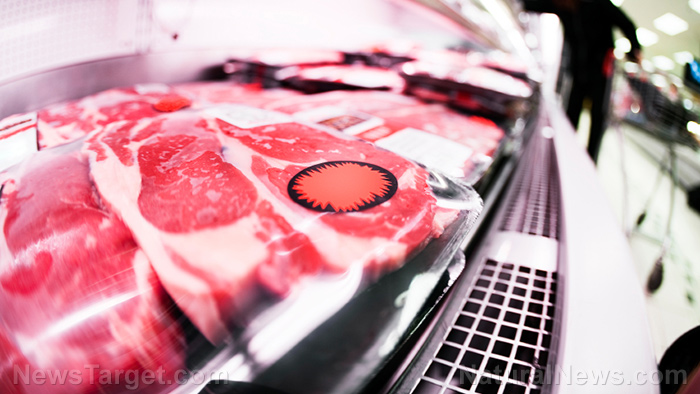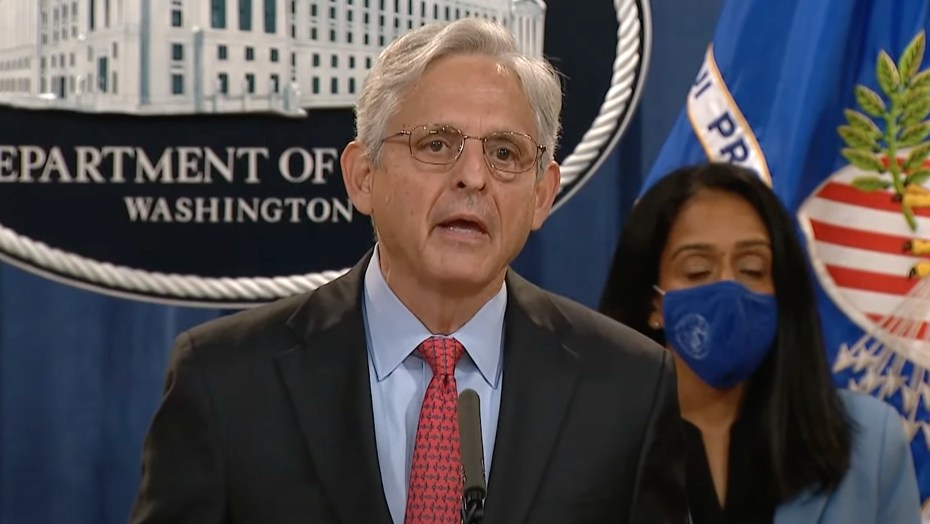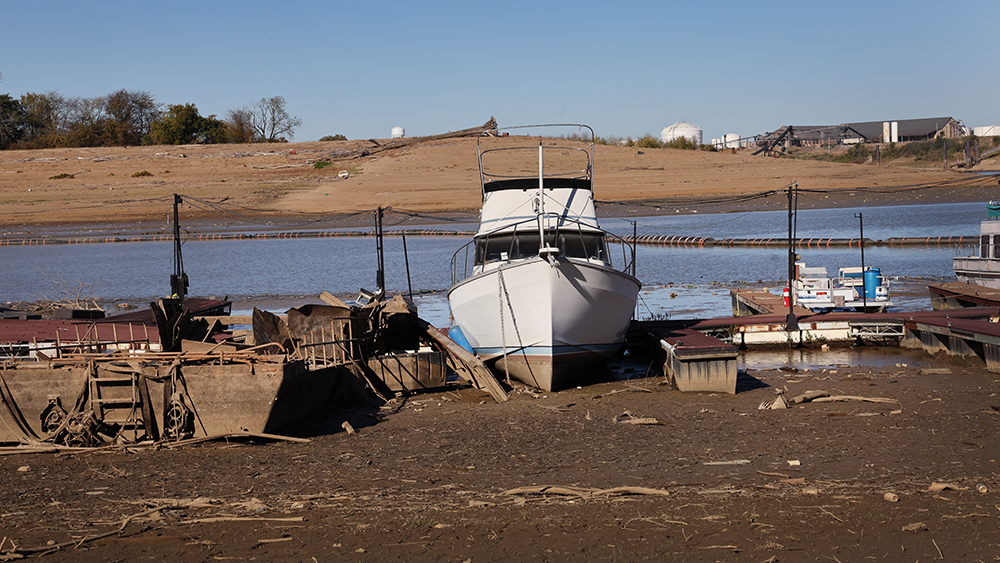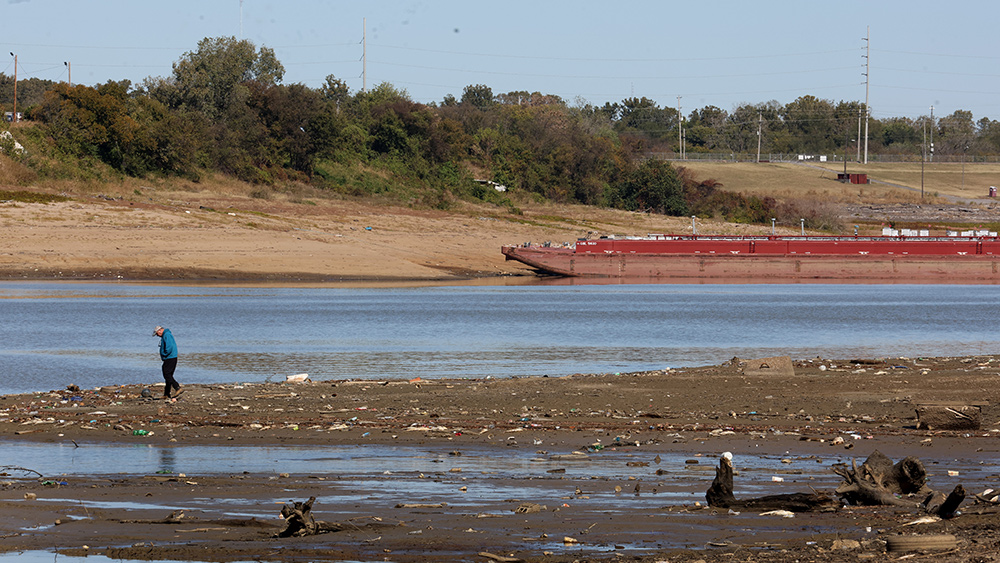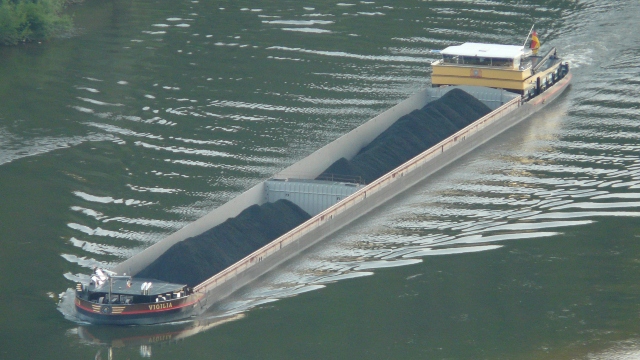
Drought conditions all along the Mississippi River are causing barges and other ships to get stuck at certain junctions of the river, clogging up a critical artery in the American supply chain.
The low water is caused by a lack of rain in the Ohio River Valley and the Upper Mississippi. It has halted commercial traffic and riverboat cruises at numerous parts of the river below Illinois. The cost of shipping goods using the river has more than doubled in recent weeks. Barges are hitting sandbars in numbers not seen in recent history. Many ports and docks are at parts of the river too low for boats to safely reach them. (Related: Massive bean piles appearing along Mississippi River as barges can't navigate shrinking river.)
Around 500 million tons of supplies are delivered along the Mississippi River every year. The trade value of these products is estimated to be worth more than $130 billion, according to the Port of New Orleans. Most of these products are agricultural in nature, like corn and soybeans.
"America is going to shut down if we shut down," said Mike Ellis, chief executive officer of American Commercial Barge Line LLC. He said the Mississippi River watershed has recently been hit two to three times daily by breakups in which a barge hit a sandbar with enough force to disconnect it from the tow that was pulling it along.
Historically, shipping goods along the river and its tributaries was less expensive than other forms of transportation. But the drought has prevented more boats and barges from transporting more goods, resulting in higher prices. The cost of sending a ton of corn, soybeans or other grain products southbound from St. Louis to southern Louisiana already reached a record-breaking $105.85 on Oct. 11. It only cost $49.88 on Sept. 27 and just $28.45 a year ago.
The U.S. Coast Guard has already imposed restrictions on the depth that commercial boats and barges can sit in the water and how many barges tows can pull, further putting strain on prices. The Coast Guard said both actions are meant to prevent more barges and boats from getting stuck.
At one point in the first week of October, the Coast Guard reported as many as 134 vessels and over 2,000 barges being stuck in the Mississippi.
Mississippi River-based businesses desperate for rain
Lisa Parker, a spokeswoman for the U.S. Army Corps of Engineers' Mississippi Valley Division, said they have already begun emergency dredging operations in no less than 15 points all along the river to deepen it enough for commercial traffic to resume. At least five more points along the river are also in need of dredging.
"There is no rain in sight, that is the bottom line," said Parker. "The rivers are just bottoming out."
"Everything north of us needs rain and it needs rain hard," said Bertram Hayes-Davis, who operates a tour company in Vicksburg, Mississippi, which relies on tourists coming in from riverboat cruises. He warned that as many as half of the tours he has planned for November might be canceled if drought conditions persist.
Austin Golding, president of Golding Barge Line in Vicksburg, told the Wall Street Journal that the ongoing crisis "puts into question our viability and long-term dependability," referring to the barge industry.
Ingram Barge Company, a Nashville-based transport company and one of the largest barge businesses operating on the Mississippi, recently notified customers that it was invoking force majeure for contracts destined for certain parts of the river. More disruptions to the flow of goods along one of America's most important river arteries are expected if drought conditions persist.
Learn more about the supply chain crisis at SupplyChainWarning.com, and the drought affecting America's rivers at Environ.news.
Watch this Fox News clip discussing how the low water levels in the Mississippi River are causing barges to get stuck, disrupting the supply chain.
This video is from the channel The Sword & Shield on Brighteon.com.
More related stories:
America's infrastructure is falling apart, as evidenced by water supply and power grid failures.
America's 10 most endangered rivers place millions of people at risk.
Sources include:
Please contact us for more information.









